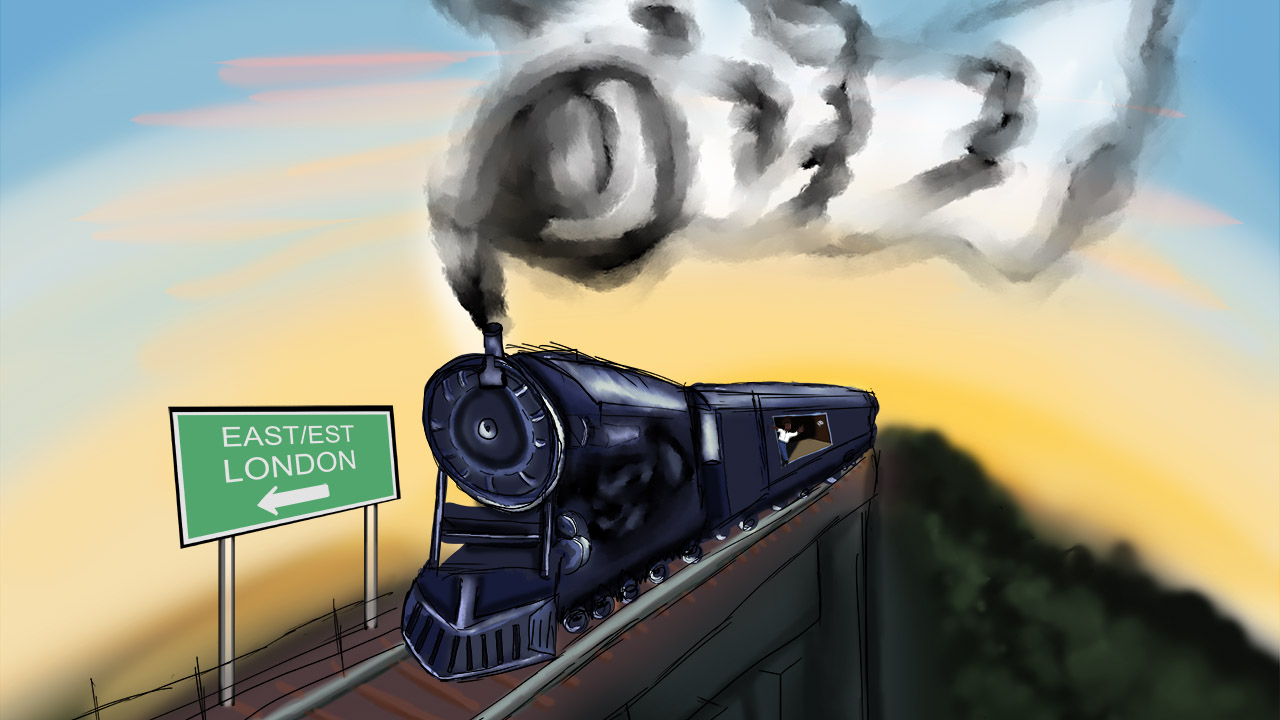Roots and seeds: London’s connection to Black history
 CREDIT: CALEIGH REID
CREDIT: CALEIGH REIDYou don’t have to go far to find Black history in the London region.
London and the surrounding area have a strong connection with African- Canadian history, spanning as far back as the early-19th century. During the time of the Underground Railroad, escaped slaves established communities in the city and a few settlements in the surrounding townships outside the city’s limits.
The Northern U.S. states first abolished slavery before the Southern ones in 1804. Many families of freed slaves were left astray, after anti-Black laws that required payment for their freedom forced them to search for a new place to call home.
The Wilberforce Colony
Located outside of London, on the current site of the town of Lucan, was a settlement that was established by free men who sought refuge from Cincinnati. More harm amassed to the point where mobs of white men, rampaged through local neighbourhoods, where many Black families lived, burning down homes and causing outright chaos.
In 1829, a team of two men were sent from Cincinnati on behalf of a group of African-Americans to meet with Lieutenant Governor John Colborne, with plans to establish a settlement. Colborne welcomed the men wholeheartedly, reassuring them that they were to be treated as equals, and not have to fear any threats in their new home.
That’s when six families picked up and moved from the state of Ohio to Upper Canada, where they got to work to set the foundations of their new home. The settlement began to flourish and prosper. By 1832, a visiting abolitionist from the U.S. said the population of the settlement had grown to 32 families.
They had cleared brush and turned it to farmable land, where they grew a variety of crops and raised livestock. Many skilled workers arrived and established businesses that prospered. They had a blacksmith and a shoemaker, just to name a few. The community had a Methodist and a Baptist church with two successful schools as well. The schools were so well-renowned locally, that white settlers ended up enrolling their children to be taught there.
As time progressed, many of the families left to seek opportunities elsewhere, but some of the original founding families stayed. Some became well-known and respected members of the community, like Peter Butler, who was the first Black OPP officer in 1913. Butler was most wellknown for treating prisoners with respect, which was not common during this time.
The Fugitive Slave Chapel
During the time of the Underground Railroad, many escaped slaves had established themselves in London, creating the foundation of the city’s Black community. Most of the families had chosen the Fork of the Thames as their home and at the heart of the community was a Methodist church.
The church was built in 1847 for the Methodist-dominant community, where it stood for many years servicing the community. The church served as a place for freed slaves to stop on their journey up from the Southern states of the U.S. and was visited by many prominent figures of the anti-slavery movement of the time.
In 2022, the city of London had planned to demolish the original structure of the church but was halted due to the public’s support. The church has since relocated from its original location of Thames St. to its new home in the Fanshawe Pioneer Village.
Its new purpose is to teach visitors about Black Canadian history, the depth of its roots, and the importance of why we remember it today.

















